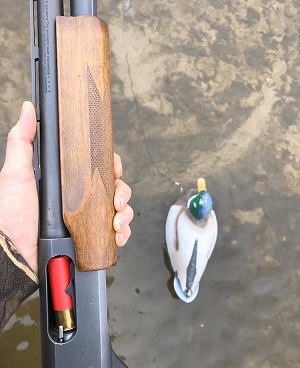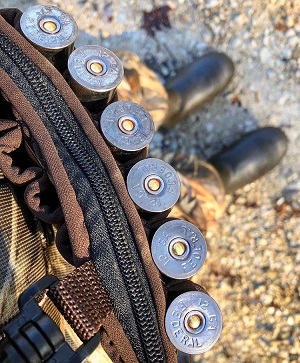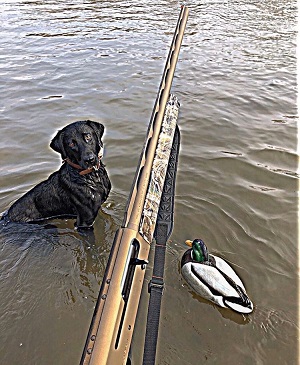So, what’s the big deal with deer hunting and all this “upwind” and “downwind” talk?
Every year hunters make mistakes by not paying attention to wind direction. You can have all the deer in the world on your property. You can have all the “best” and most expensive hunting gear.
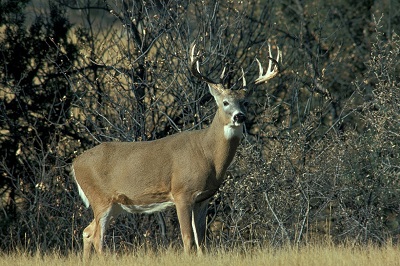
When it comes to harvesting mature whitetails, you had better be on your A-game when it comes to scent control and wind direction.
But, if you don’t pay attention to wind direction, you will be severely limiting your chances of harvesting a whitetail.
So, let’s learn how to hunt the wind, so that you can give yourself the best chance for hunting success while in the field.
Wind direction doesn’t really matter when hunting whitetail deer… does it?
You’ve probably heard stories of the hunter who rolls out of bed, goes through the local breakfast joint drive-through and gets a greasy sausage biscuit and drives to the hunting land.
Then, gets out of the truck, rides his/her 4-wheeler straight to the bottom of the tree they plan to hunt, ascend, light up a cigarette and shoot the biggest buck of their life.
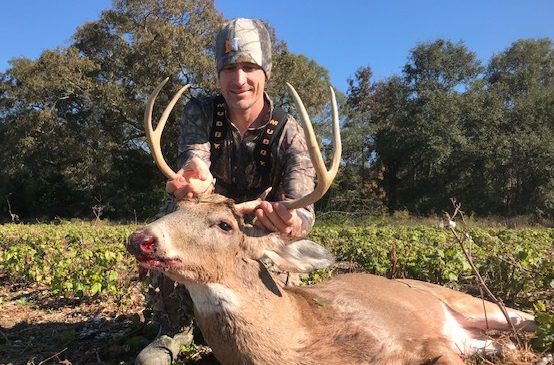
Don’t just think about where the wind is right for you to hunt… think about where the wind is right for a buck, and then figure out how you can get in and out of that area to hunt him without him knowing.
Then, when the subject of scent control and wind direction in deer hunting comes up, they point to the wall hanger in the den and say something like, “pffffft, I never pay attention to the wind and you can see I’m doing just fine.”
Sure these stories are out there, but don’t be fooled. A mature whitetail didn’t become mature by “throwing caution to the wind.” A whitetail’s nose is its best defense and you are one of the most offensive smells around.
So, if you hope to have sustained success in the deer woods, you need to be serious about scent control. For bowhunters, who typically need to get a close shot to get the kill, it’s even more critical.
-
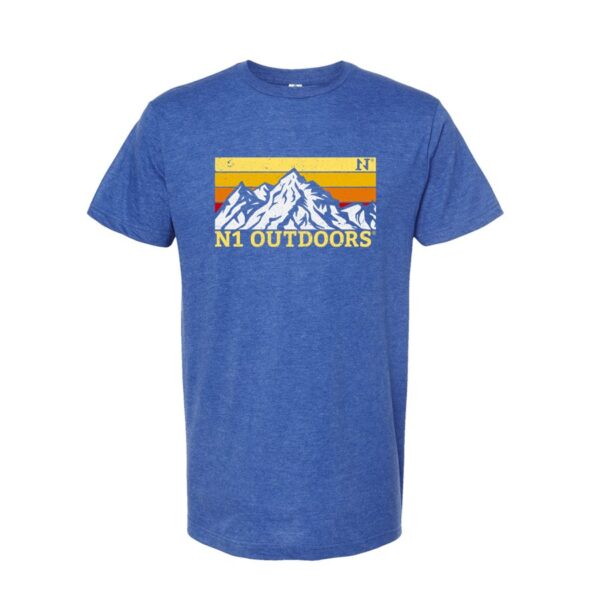
N1 Outdoors® Mountain Colors Tee (Various Colors)
Price range: $24.99 through $28.99 Select options This product has multiple variants. The options may be chosen on the product page -
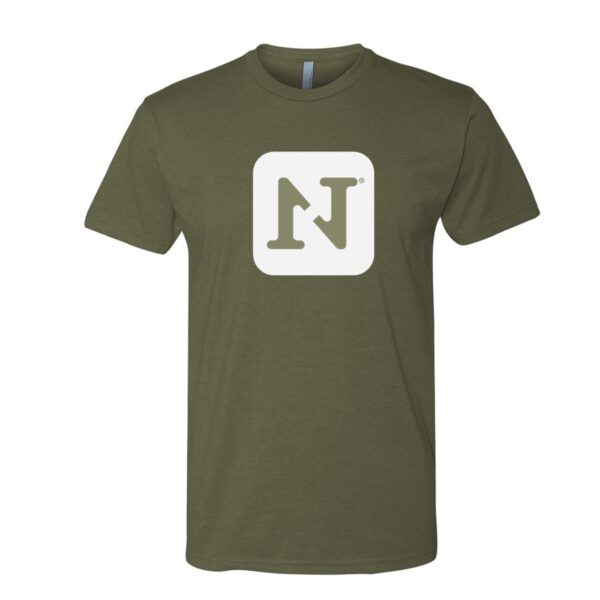
N1 Outdoors® Block Logo Tee
Price range: $22.99 through $24.99 Select options This product has multiple variants. The options may be chosen on the product page -
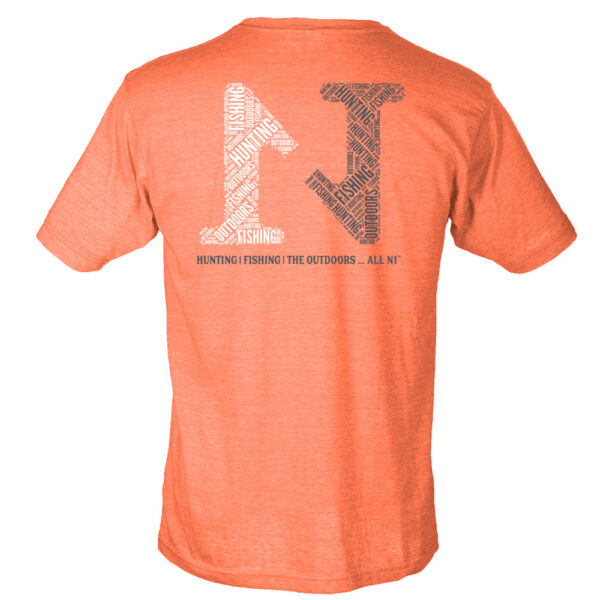
N1 Outdoors® Word Cloud Tee (Heather Orange)
Price range: $22.99 through $28.99 Select options This product has multiple variants. The options may be chosen on the product page
What is “upwind” and “downwind” in hunting?
So, if you’re still reading, you must want to learn about how to hunt the wind in a way that keeps your scent away from a buck’s nose.
When it comes to wind direction, the key is to stay “downwind” of the deer you are hunting. But, what does “downwind” and “upwind” really mean?
How to “hunt the wind”
Being “downwind” of a deer means that if you were looking straight at the deer you hope to shoot, the wind would be blowing in your face. Thus, the wind would be blowing your scent away from the deer.
Conversely, if you were “upwind” of the deer, the wind would carry your scent “downwind” toward the deer (not what you want).
So, you want the deer to be upwind of you, and you want to be downwind of them. Got it?
Let’s take a look at the diagram below, which might help clear things up.
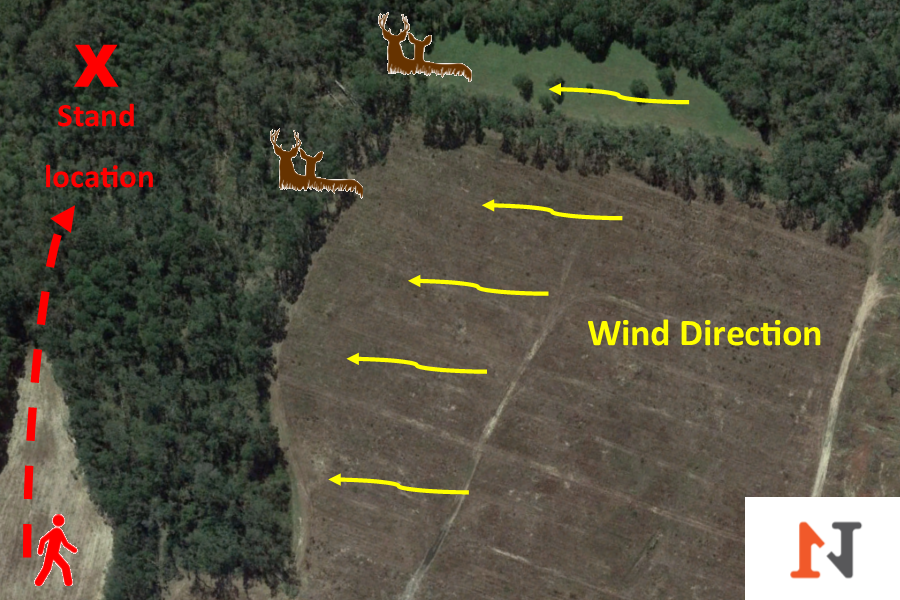
In this graphic, the yellow indicates wind direction. If deer are typically in the location indicated in this graphic, a hunter would want to approach the stand location from the “downwind” side of the deer, so they would not be alerted by the hunter’s scent.
It’s not just about being in the stand
So, let’s say you are in the stand (or from the ground) and you’re overlooking a field where you know the deer feed. You are downwind of where you think the deer will eventually be. You are golden, right?
Well, maybe not.
You’re scent doesn’t just matter when you are in the deer stand. It matters well before you even sat down!
Entry and exit routes when hunting
One thing deer hunters often ignore is how their entry and exit to and from their deer stand impacts the deer they are hunting.
So, the hunt actually begins before you take one step toward your hunting location.
When you are making your way to your deer stand, the wind is carrying your scent just as it does from the stand.
So, unless you want your hunt to end before it even gets started, you need to be sure that you have thought through the wind direction as it pertains to how you are going to get to your stand.
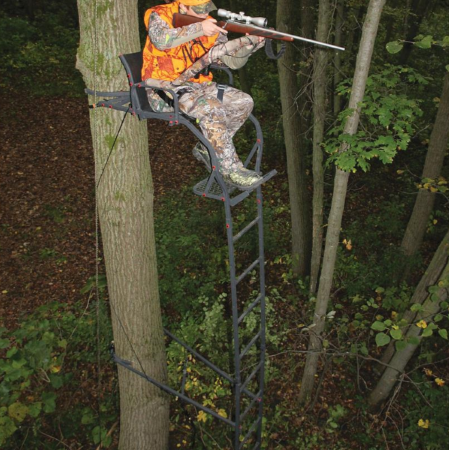
If you are going to use the wind to your advantage, your hunt begins long before you actually sit down in your stand.
This means you need to know where the deer typically are during the time you plan to enter. Are they bedding? Are they feeding? Where are these locations in regard to your entry route?
And it’s the same for your exit route. If your scent gets blown toward the deer when you leave your stand, you have just educated those deer to your location.
So, if you are trying to avoid danger, are you going to continue to go back to where the danger is every day? Well, neither would a deer. They are trying to stay alive and that means avoiding the danger, which in this case, is YOU!
So, be sure you are paying attention to wind direction as it pertains to your entry and exit routes.
How to fool a deer’s nose… well…
Let’s be clear, you can never truly “fool a deer’s nose.”
But, there are some things you can do to make it harder for them to bust you.

You can never totally fool a buck’s nose, but you should do everything you can to make things more difficult for him to bust you. (photo by Jeff Coldwell)
Kill that clothing scent
Take a whiff of your laundry detergent. Smells nice, doesn’t it?
Not to a deer.
What might smell great to you could make a deer want to leave the county. So, what can you do about that?
It’s a good idea to wash your clothes in a scent-free detergent. Baking soda is also a good scent “eliminator.” There are lots of these types of scent-killing hunting detergents on the market, so you’ll have no trouble finding them at you local sporting goods store.
Shower, for goodness sake!
Should you shower? For everyone’s sake, YES!
But, when it comes to deer hunting, that sweet smell of typical detergents that we discussed above… you want to avoid that in your shower soap as well.
Be sure to get a good scent-killing soap to use when showering before the hunt. And, don’t be afraid to be generous. You’re after an animal that lives and dies by its nose, so give yourself the best chance possible to NOT STINK!
-
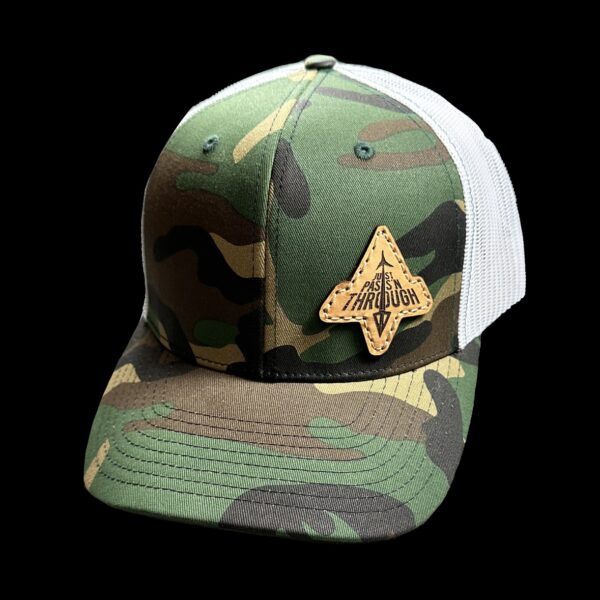
Just Pass’N Through™ Green Camo/White Leather Patch Hat
$29.99 Select options This product has multiple variants. The options may be chosen on the product page -
Sale!
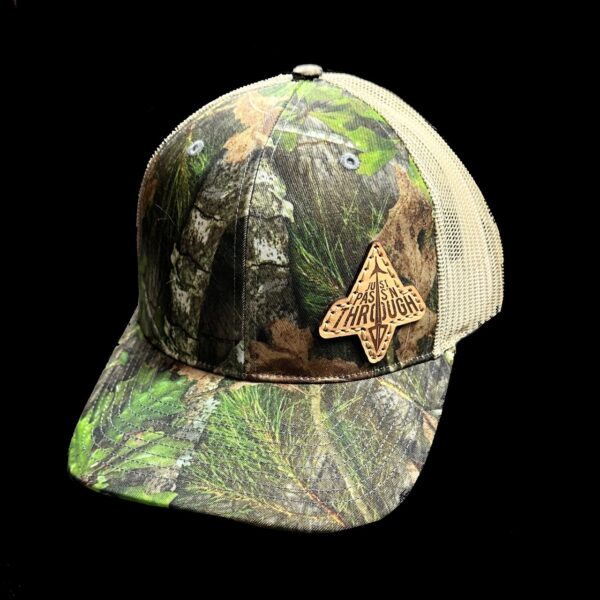
N1 Outdoors® Just Pass’N Through™ Leather Patch Hat (Mossy Oak Obsession/Khaki)
Original price was: $29.99.$19.99Current price is: $19.99. Select options This product has multiple variants. The options may be chosen on the product page -
Sale!
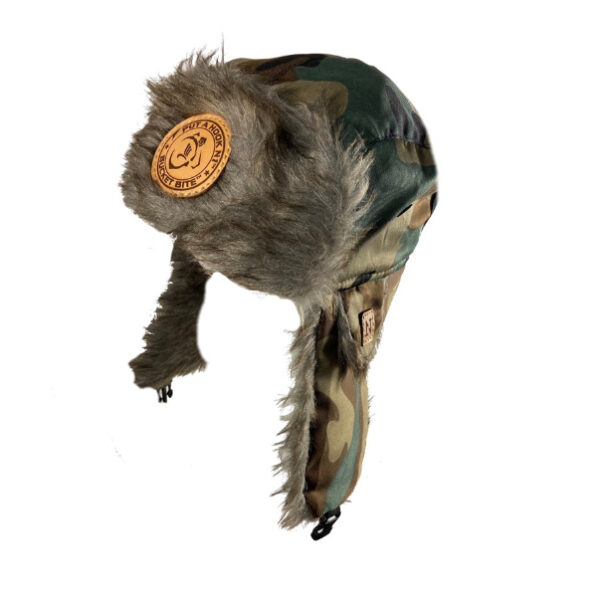
N1 Outdoors® Leather Patch Trapper Hat (Bucket Bite™ design – various patterns)
Original price was: $29.99.$9.00Current price is: $9.00. Select options This product has multiple variants. The options may be chosen on the product page
Pitts are the pitts… don’t ignore them
Once you’re done showering, one more precaution you can take is to use a scent-free/scent-killing deodorant. There are lots of options out there.
Don’t forget to really scour those armpits. That is where a lot of the scent-causing bacteria is going to congregate, so be sure to cover ’em good!
Sweat the details, but please don’t sweat…
Sweat is your enemy.
When you sweat, odor follows. And, if you’ve been paying attention so far, you know that is not what you want when hunting deer.
So, how can you avoid sweating?
Well, one thing to be careful of is how much clothing you wear when you are walking to and from your stand or hunting location.
But, what if it’s cold outside?
Well, of course you want to have hunting clothing that will keep you warm in cold weather, but that doesn’t mean you have to wear all of it while you are walking to and from your stand or hunting location.
Plus, if you sweat on your way to the stand in an attempt to stay warm, you are going to end up being cold anyway when the sweat cools your body down. Nothing like being we in cold weather, right?
Many hunters are hunting on public land, which can mean a long trek to the final hunting destination. So, if you have a long walk to where you are headed and know you are going to work up a sweat, consider starting out by removing a layer or two. You might be a little bit cold when you start walking, but your body will warm up as you get moving.
Then, once you arrive at your stand or hunting location, you can put the layers back on, so that you will stay warm during the hunt. By doing this, you not only will be warmer, but you’ll avoid much of the odor that sweating causes.
This could be the difference in having hunting success… or getting busted.
Clothe your body with… nothing
No, don’t hunt naked.
But clothe your body with the most “invisible” clothing possible.
This means wearing scent control clothing and using scent killing sprays.
Scent control is a big market in hunting apparel world, and there are a wide variety of options to choose from. So, take advantage of some the products that can help shield human scent.
It’s also a good idea to spray down your clothing, as well as your boots and gear with a scent elimination spray.
-
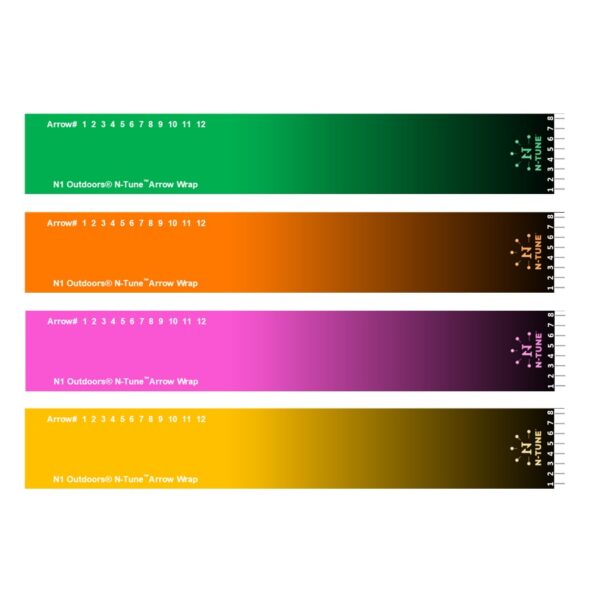
N1 Outdoors® N-Tune™ Nock Tuning Reflective Arrow Wraps – Fade To Black (Various)
Price range: $18.99 through $27.99 Select options This product has multiple variants. The options may be chosen on the product page -
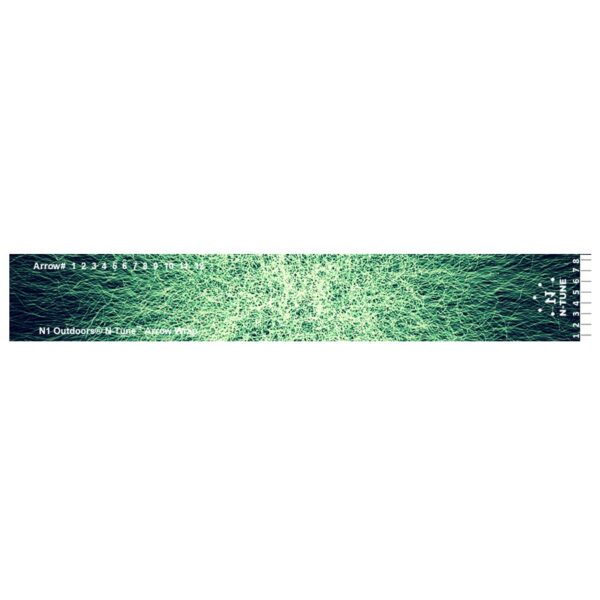
N1 Outdoors® N-Tune™ Nock Tuning Reflective Arrow Wraps – Static™
Price range: $18.99 through $27.99 Select options This product has multiple variants. The options may be chosen on the product page -

N1 Outdoors® N-Tune™ Nock Tuning Reflective Arrow Wraps – Nock Down Power™
Price range: $18.99 through $27.99 Select options This product has multiple variants. The options may be chosen on the product page
“But, isn’t all of this overkill?”
Well, remember, wind direction is the most important scent control tactic you need to pay attention to, but if you can gain any kind of advantage in harvesting a whitetail (especially a mature buck), should you do it?
Use cover scents
The use of covers scents can be helpful in shielding a deer from your scent. There are a variety of cover scents available, such as racoon or fox urine, acorn scent, pine, etc.
Just be sure to choose a cover scent that you are sure is native to your area. So, if there are no oak trees in your area and you use an acorn cover scent, this could have the opposite effect you are intending.
A deer may be on high alert when smelling this, since it is not a smell they are used to in that particular area. So, take care in choosing the “right” cover scent.
Final Thoughts On Scent Control
So, remember, paying attention to the wind direction is paramount in your quest to consistently give yourself a chance to see deer.
Hopefully, when the moment of truth comes, you’ll shoot straight!
Hunt safely and good luck out there!
Check out the video below and learn how to play the wind to your advantage for better whitetail deer hunting success!
(Wind Direction video transcript)
>>Read about all the N1 shirt designs
Find out what deer hunting and playing the lottery have in common. Stick with us for the N1 Outdoors N1 Minute.
Suppose I knew the five winging numbers to the lottery and all you had to do was guess the order they go into to win. How many of you would refuse that information and instead, decide to guess the numbers yourself and the order they go in?
Hopefully none of you, but that’s exactly what many deer hunters do every season by not paying attention to the wind.
Wind direction is critical in deer hunting
All the scouting and trail can picture is in the world won’t make up for poor planning when it comes to wind direction.
For you bow hunters out there, it’s even more critical. Always be aware of which way the wind is blowing, not only in regards to stand location, but also in relation to the entry and exit routes to and from your stand or hunting location. The last thing you want is for your hunt to end with deer blowing before it even gets started.
Stay downwind of the deer in all situations. For those of you not familiar with the terms “upwind” and “downwind,” an easy way to remember, is to be sure the wind is in your face when approaching and hunting your favorite trail or location.
Paying careful attention to wind direction certainly won’t help you win the lottery, but when combined with effective scouting, planning and accuracy, it will increase your chances of seeing and taking more deer.
We hope you have a great week and remember… “where the moments happen, we’ll meet you there.” We’ll see you next time.

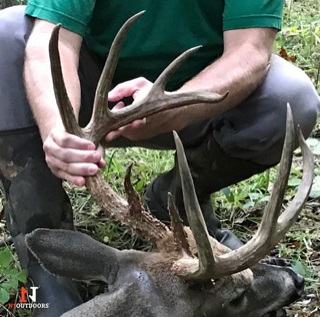





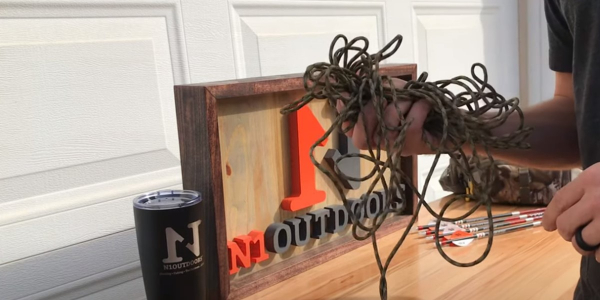
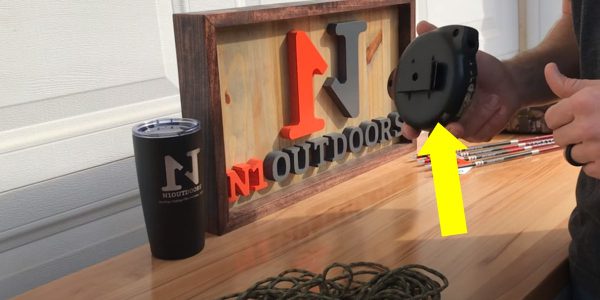
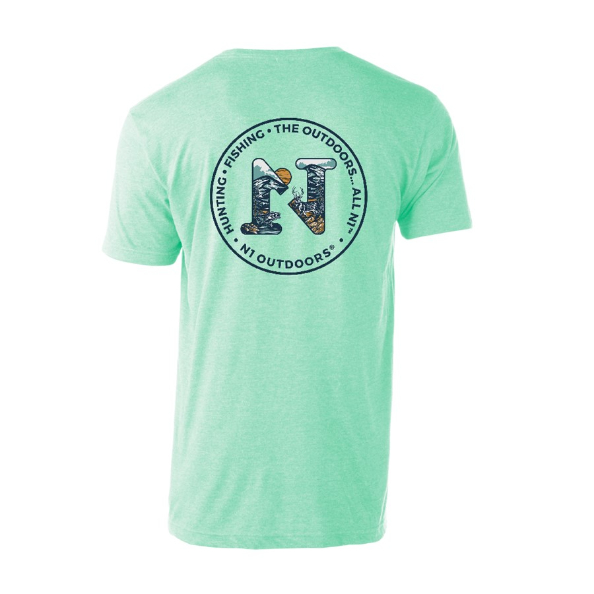
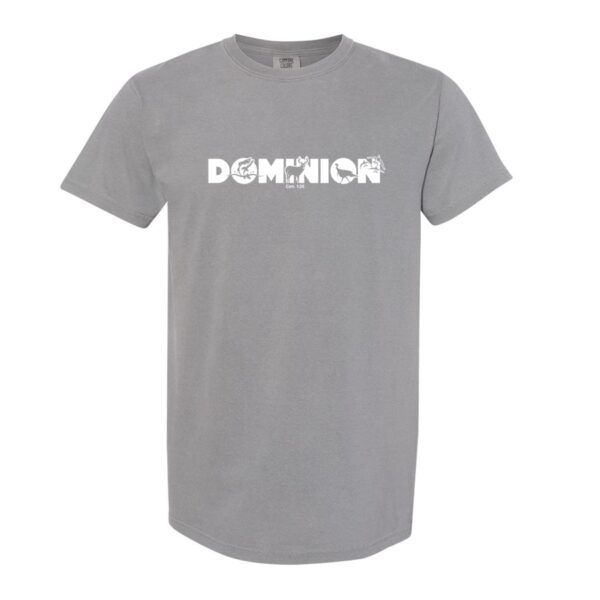



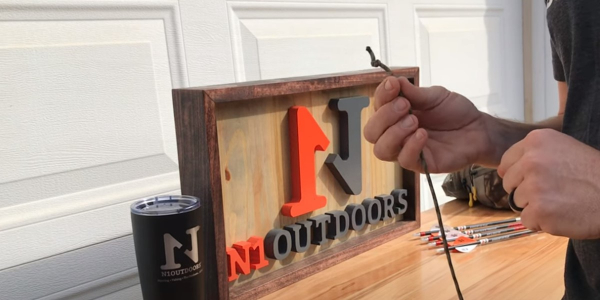




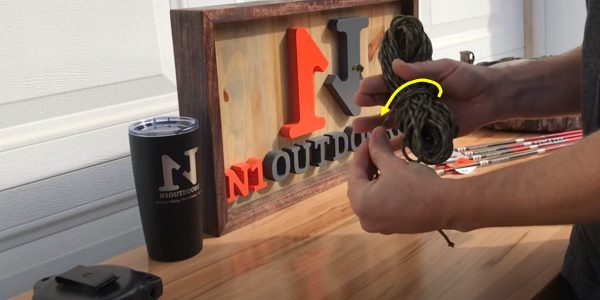
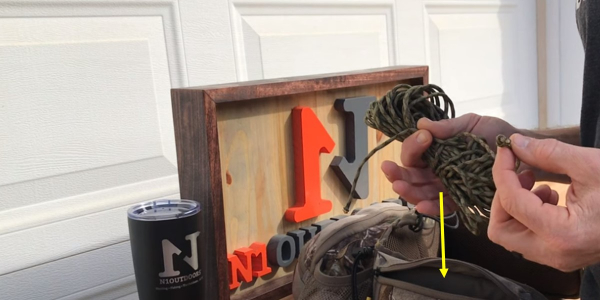
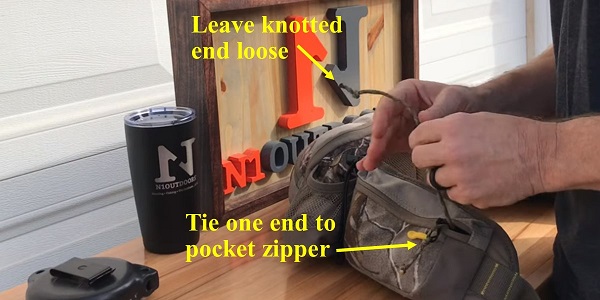

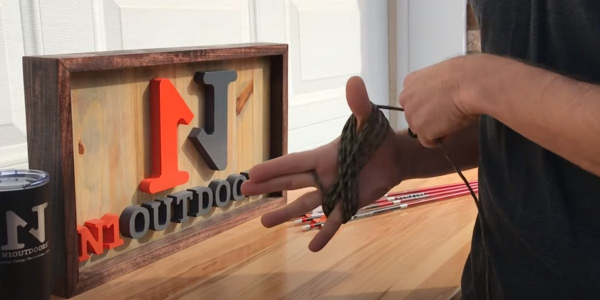
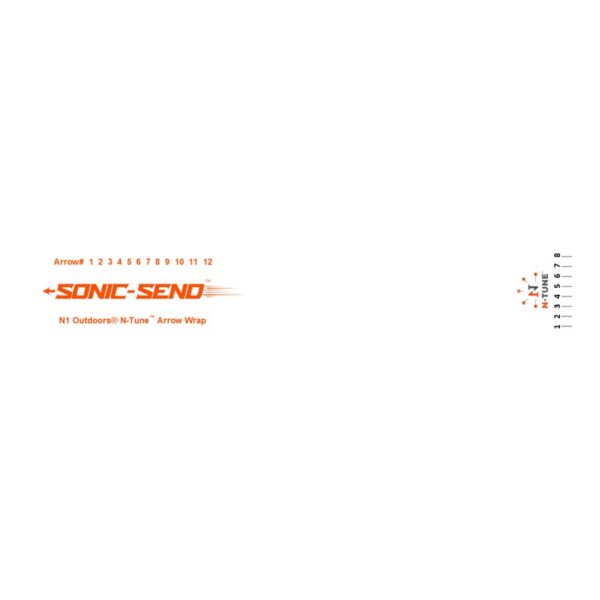
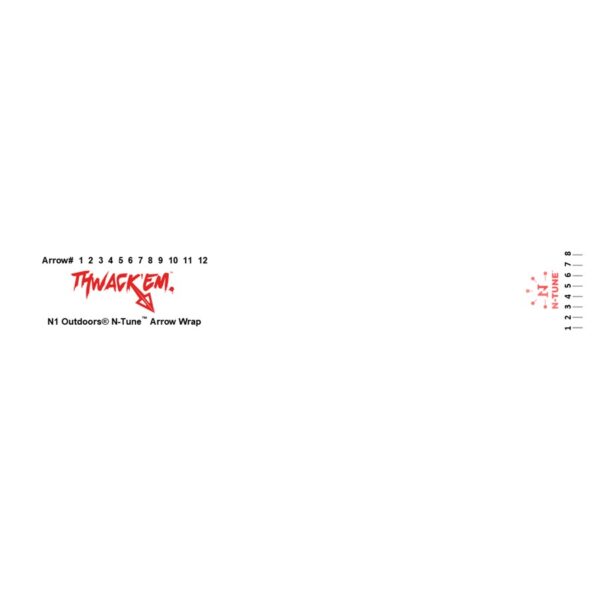
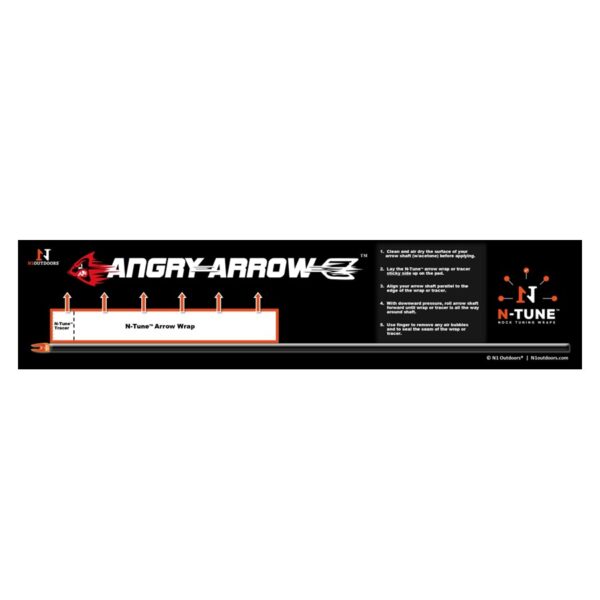
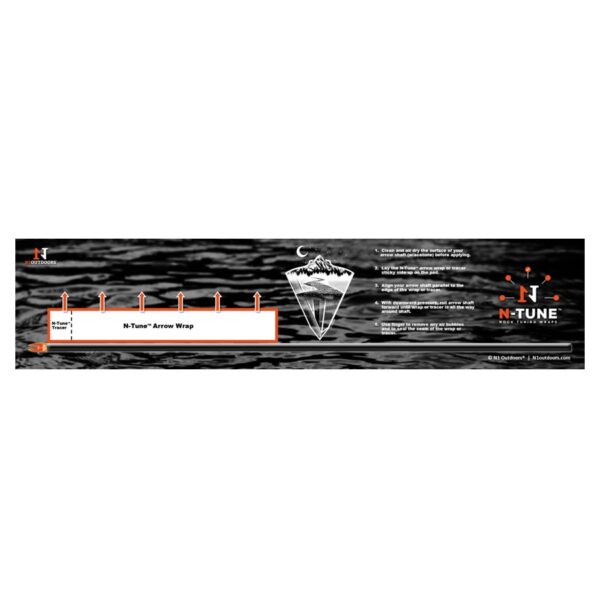
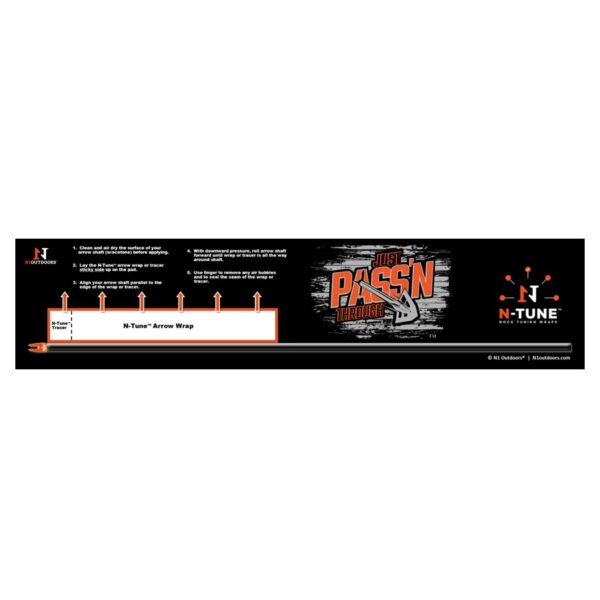
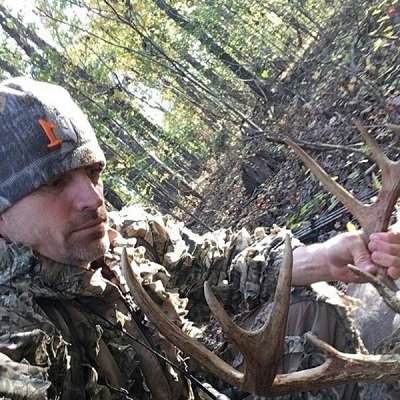
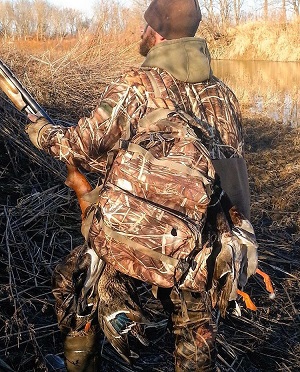


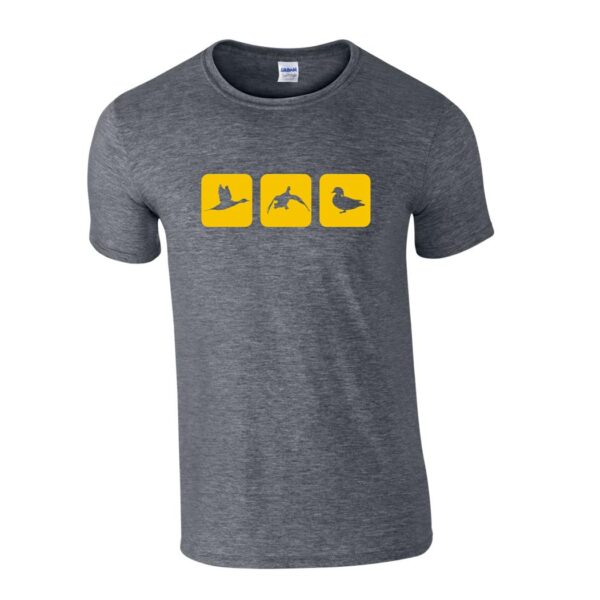
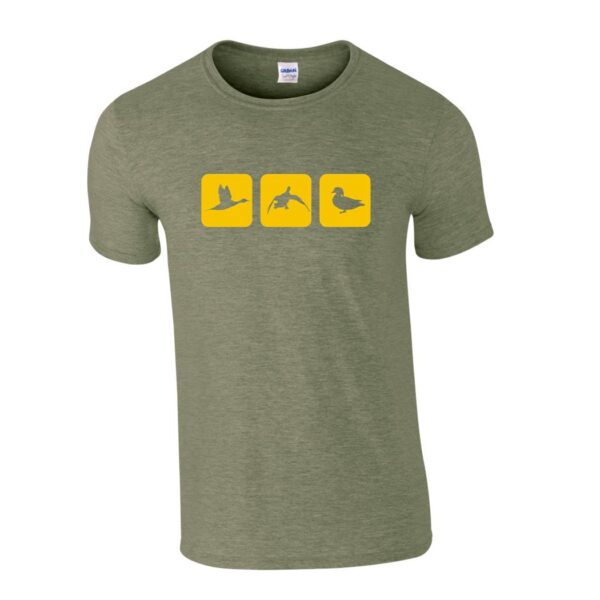
![CARLSON'S Choke Tubes 12 Gauge Compatible for Beretta Benelli Mobil [ 2 Pack | Mid Range & Long Range ] Blued Steel | Cremator Non-Ported Waterfowl Choke Tube | Made in USA](https://m.media-amazon.com/images/I/51QuTLVgMRL._SL500_.jpg)
